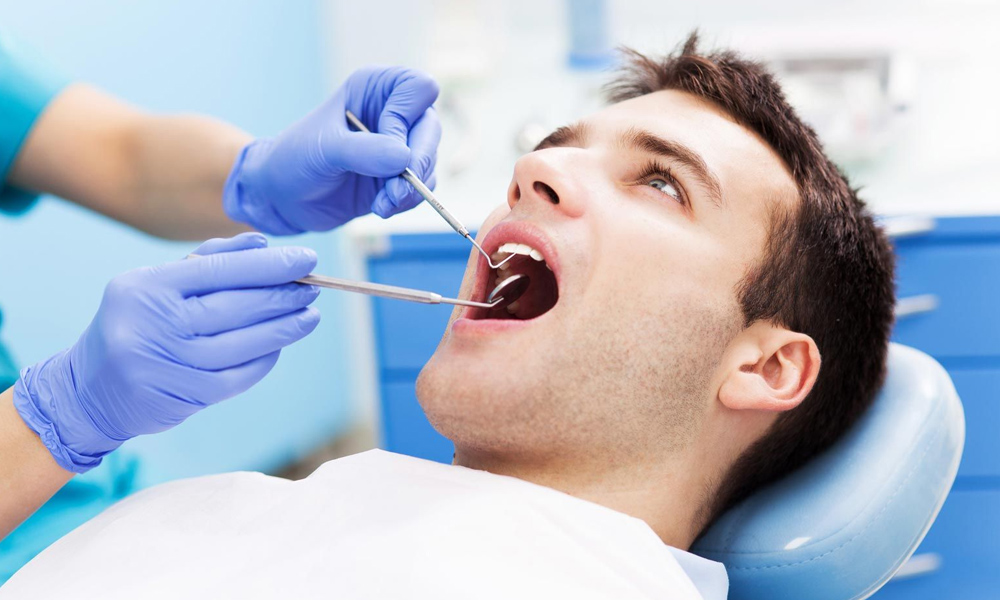
Conservative Dentistry and Endodontics
Conservative dentistry is a branch of dentistry that focuses on the preservation of the natural teeth and surrounding tissues. This type of treatment often involves the use of fillings, inlays, and onlays to repair teeth that have been damaged by decay or injury.
Endodontic treatment, also known as root canal therapy, is a procedure used to treat the infected or damaged pulp of a tooth. The pulp is the soft tissue inside the tooth that contains the nerves and blood vessels. During a root canal, the infected or damaged pulp is removed, and the inside of the tooth is cleaned and sealed. This helps to prevent further infection and preserve the integrity of the tooth.
Both conservative dentistry and endodontic treatment are important for maintaining the health and function of the teeth. Conservative dentistry can help to repair damaged teeth and prevent the need for more extensive treatments, such as tooth extraction or dental implants. Endodontic treatment can save teeth that would otherwise need to be extracted due to infection or damage to the pulp.
In general, these treatments are performed by a dentist or endodontist, who will first assess the condition of the tooth and determine the appropriate course of treatment. The specific details of the treatment will vary depending on the individual case and the condition of the tooth. However, both conservative dentistry and endodontic treatment typically involve the use of local anesthesia to numb the area and make the procedure more comfortable for the patient.
